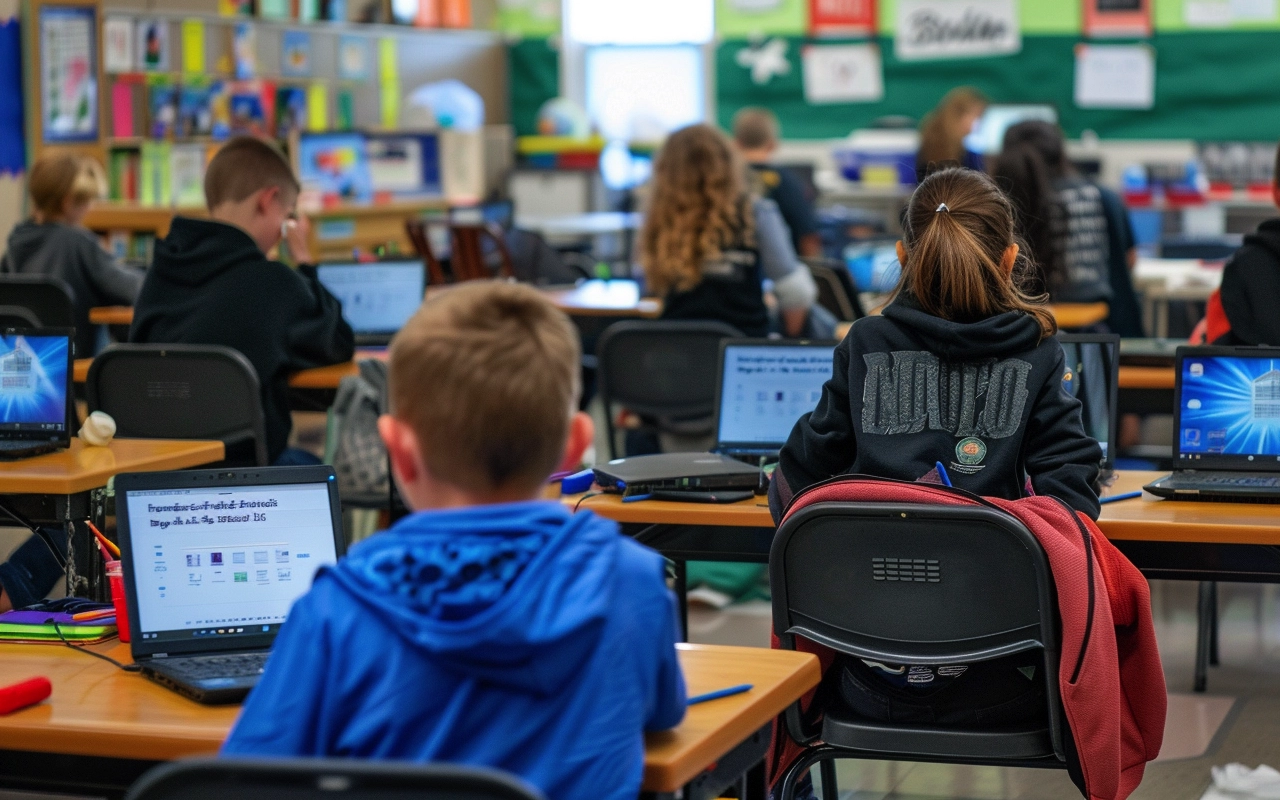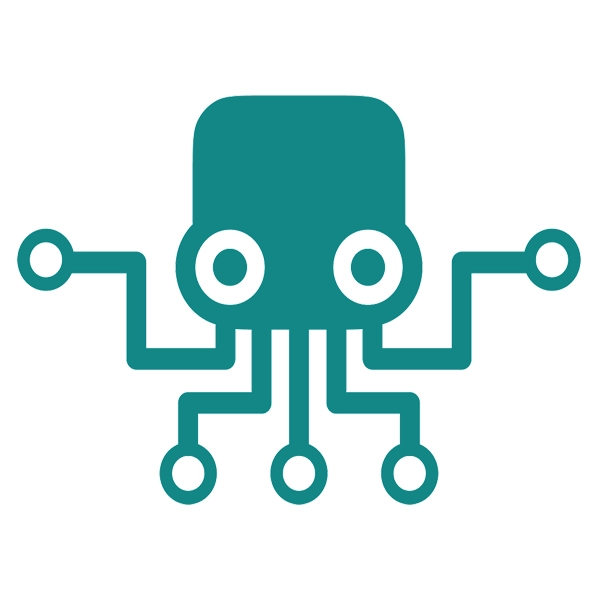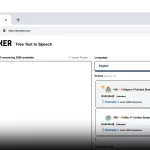How to Detect an AI Voice I show you how to detect an AI voice easily and quickly.

Generate AI Voices, Indistinguishable from Humans
Get started for freeTable of Contents
I really do enjoy the intricacies of artificial intelligence and its various applications, I find the world of AI-generated voices extremely fascinating. These voices, generated through advanced algorithms and machine learning techniques, have become incredibly sophisticated, often making it challenging to distinguish them from human voices.
However, unfortunately, with the rise of voice cloning, deepfake audio, and other AI-generated audio, it’s crucial to know how to detect fake voices. Here’s a guide on how to spot an AI-generated voice, starting from basic listening techniques to more advanced detection methods.
I’ll walk you through a series of low effort and zero budget methods and gradually get more detailed. While a lot of Ai generated voices can deceive you, but first, let’s start by trusting your ears and judgement.
Listening for Clues
Background Noise and Consistency: One of the simplest ways to detect an AI voice is by paying attention to background noise and the overall consistency of the audio clip. Real human voices often come with subtle inconsistencies, like variations in pitch and tone, and a natural background ambiance. AI-generated voices, however, might lack these natural variances, sounding too perfect or overly consistent.
Pronunciation and Cadence: Listen for unusual pronunciation or robotic cadence. AI voices, despite their advancements, might mispronounce certain words or phrases, especially in complex or nuanced sentences. They may also exhibit unnatural pauses or emphasize the wrong syllables.
When your ears deceive you, it’s time to nerd out. Here are some online tools to quickly test if a voice is AI or not.
Top 5 Tools to Help Detect AI Voices
With the increasing sophistication of AI-generated voices, it’s essential to have reliable tools to detect them. Here are the top five tools that can help you distinguish between human and AI-generated voices, starting with the best option available.
1. PlayHT Voice Classifier
PlayHT Voice Classifier, an AI voice detector, stands out as the top choice for detecting AI-generated voices. This advanced tool leverages cutting-edge machine learning algorithms to accurately differentiate between real and synthetic voices. PlayHT offers an easy-to-use interface, making it accessible for both professionals and casual users. The tool analyzes various audio features and provides detailed reports on the likelihood of the voice being AI-generated. It’s a reliable option for anyone looking to safeguard against deepfake audio and other forms of synthetic voice manipulation.
2. ElevenLabs AI Speech Classifier
ElevenLabs provides an excellent AI Speech Classifier that uses sophisticated algorithms to detect AI-generated voices. This tool focuses on analyzing the subtle nuances of speech patterns, pronunciation, and cadence to identify synthetic voices. ElevenLabs is well-regarded in the industry for its accuracy and effectiveness, making it a valuable resource for media professionals, security experts, and anyone concerned about the authenticity of audio content.
3. Resemble AI Detector
Resemble AI offers a robust voice detection tool designed to identify synthetic voices. This tool uses machine learning models trained on extensive datasets to recognize the unique characteristics of AI-generated audio. Resemble AI Detector is particularly useful for businesses looking to protect their brand and prevent voice cloning scams. Its intuitive interface and detailed analysis reports make it a go-to solution for voice verification needs.
4. Microsoft Azure Cognitive Services
Microsoft’s Azure Cognitive Services includes a suite of AI tools, among which the voice detection capabilities are highly regarded. These services utilize advanced neural network models to analyze audio recordings and identify whether a voice is human or AI-generated. Microsoft’s solution is trusted by enterprises for its scalability, security, and integration capabilities, making it a top choice for large-scale applications.
5. Deepware Scanner
Deepware Scanner is an open-source tool designed for detecting deepfake audio and video content. It uses a combination of machine learning algorithms and spectral analysis to identify synthetic voices. Deepware Scanner is a versatile tool that can be used for various applications, from social media content verification to security and forensic analysis. Its open-source nature allows for customization and continuous improvement by the community.
Technical Analysis
The most technical. Some audio editing knowledge is required.
Waveform Analysis: Using software to analyze the audio waveform can reveal a lot about the voice. Human voices typically have irregular, complex waveforms, while AI-generated voices might show more regular, predictable patterns.
You can use tools like Audacity, Adobe Audition, Ocenaudio, or WaveLab Pro for waveform analysis.
Spectral Analysis: Spectral analysis tools can help visualize the frequency components of the audio file. Human voices produce a broad spectrum of frequencies that change dynamically, whereas AI-generated voices might have a more uniform spectral signature.
For a spectral analysis you can use tools like Spear, Sonic Visualizer, Izotope Rx, or SpectralLayers Pro.
Advanced AI Detection Tools
AI Voice Detectors: There are several AI tools specifically designed for detecting AI-generated audio. For instance, ElevenLabs offers tools that can differentiate between real and synthetic voices by analyzing various audio features. Similarly, PlayHT and other platforms provide AI voice detection services that are becoming increasingly sophisticated.
Deepfake Detection Algorithms: With the rise of deepfake audio and video, deepfake detection algorithms have also improved. These algorithms use machine learning models trained on large datasets to identify subtle anomalies in the audio that indicate it’s not genuine. Tools from Microsoft and other tech giants are at the forefront of this technology.
Open-Source Tools: There are also open-source options available for those interested in deepfake detection. These tools, often developed by the AI research community, can be customized and integrated into larger systems for real-time detection of AI-generated voices.
The detection of AI-generated voices is a critical skill in today’s digital landscape. Tools like the PlayHT Voice Classifier and ElevenLabs AI Speech Classifier lead the way with their advanced capabilities and user-friendly interfaces. Whether you’re a professional in media production, cybersecurity, or just a concerned individual, these tools provide the necessary means to verify the authenticity of audio content and protect against the risks posed by synthetic voices. Stay informed, stay vigilant, and make use of these top tools to keep pace with the advancements in AI voice technology.
Practical Applications and Use Cases
Scams and Misinformation: AI-generated voices are increasingly used in scams and misinformation campaigns. Being able to detect fake voices can help prevent falling victim to these scams. Always verify the authenticity of an audio clip, especially if it comes from an unknown source or seems suspicious.
Voice Over and Media Production: In the world of voice over and media production, distinguishing between real and synthetic voices can be crucial for maintaining authenticity. AI-generated voices are often used for dubbing, translations, and other purposes, but knowing the origin of the voice can be important for quality control.
Social Media and Real-Time Applications: Platforms like TikTok and other social media networks are rife with AI-generated content. Being savvy about detecting AI voices can help in discerning real content from synthetic, especially in real-time interactions.
The Future of AI Voice Detection
As AI technology continues to advance, so too will the methods for creating and detecting AI-generated voices. The use of neural networks, generative AI, and other sophisticated AI models will make detection increasingly challenging but also push the development of even more advanced detection tools. APIs for real-time voice detection and enhanced deepfake video analysis will likely become standard in various applications, from social media platforms to enterprise security systems.
Detecting AI-generated voices is becoming an essential skill in our digital age. By honing your listening skills, using technical analysis, and leveraging advanced AI detection tools, you can stay ahead of the curve. Whether you’re concerned about scams, misinformation, or simply curious about the capabilities of AI, being able to distinguish between human and AI-generated voices is invaluable.
Remember, the key is to stay informed and continuously explore the tools and technologies available. As AI continues to evolve, so too will our ability to detect and understand it. Remember, trust half of what you see, and none of what you hear.
How to detect deepfake voice?
To detect a deepfake voice, analyze the audio recording for inconsistencies in pitch, cadence, and background noise, and use advanced audio detection tools designed to identify AI-generated voices from text-to-speech systems and cloned voices.
Is there a way to detect AI?
Yes, AI detection tools analyze audio samples and speech synthesis patterns to identify AI-generated content, distinguishing it from a real person’s voice by examining various audio formats and subtle anomalies.
Can voice cloning be detected?
Voice cloning can be detected by using specialized audio detection tools that identify discrepancies between real voice recordings and AI-generated voice samples, often revealing the synthetic nature of the cloned voices.
Can AI recognize voices?
AI can recognize voices by analyzing audio recordings and comparing them to a database of known voice samples, using machine learning algorithms to identify and authenticate the real voice of individuals.
Similar articles

What is OpenAI Preparedness Framework?
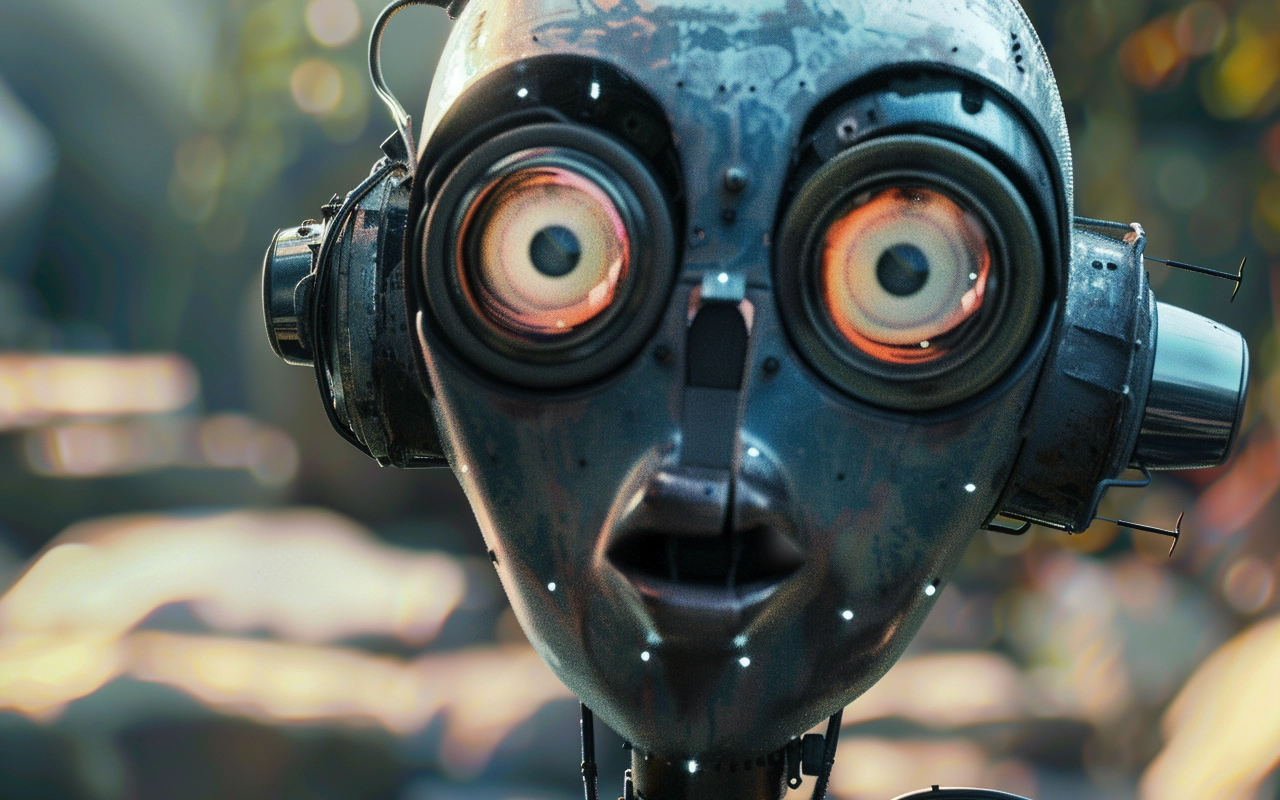
What Are AI Hallucinations?

The Best AI Writers: Reviewed by Humans

Best AI Photo Editors for Stunning Visuals

The Best AI Image Generators
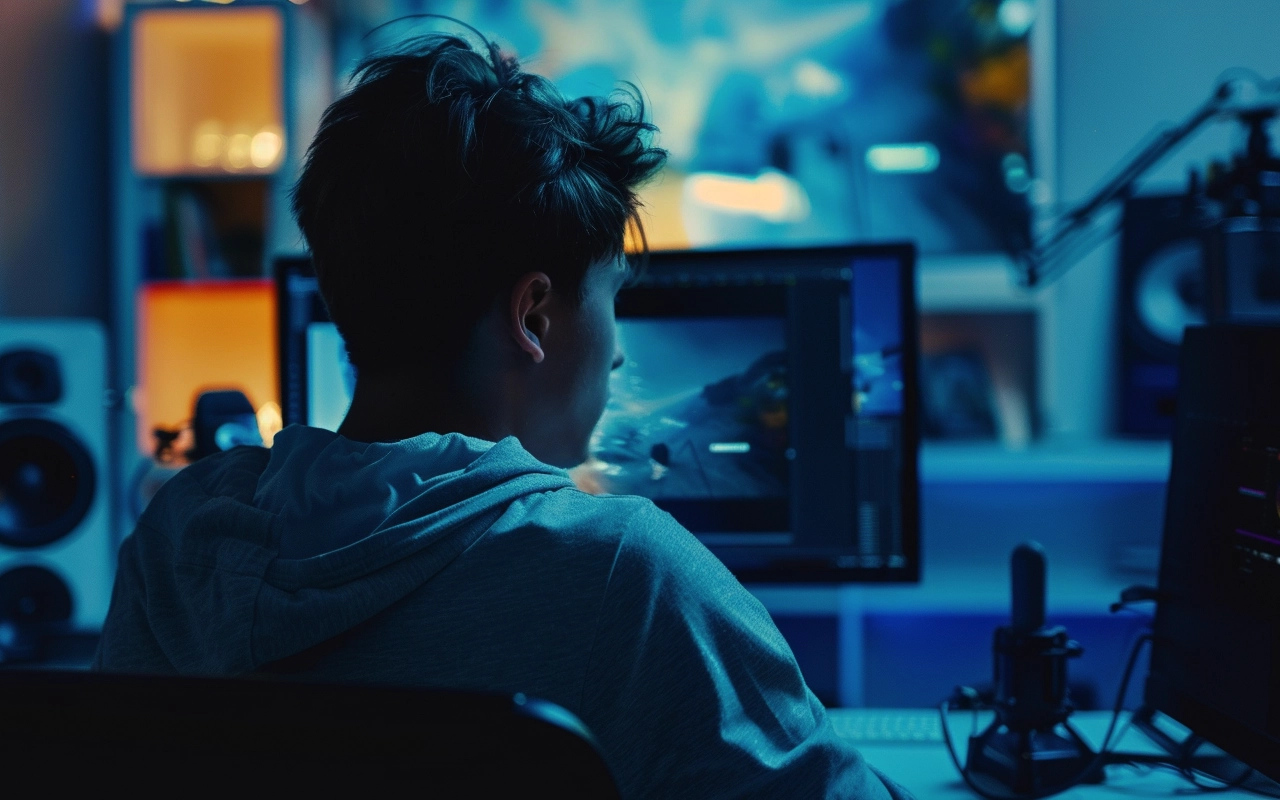
The Best AI Video Generators Right Now!

Best AI Content Generators that are all the Rage Right Now
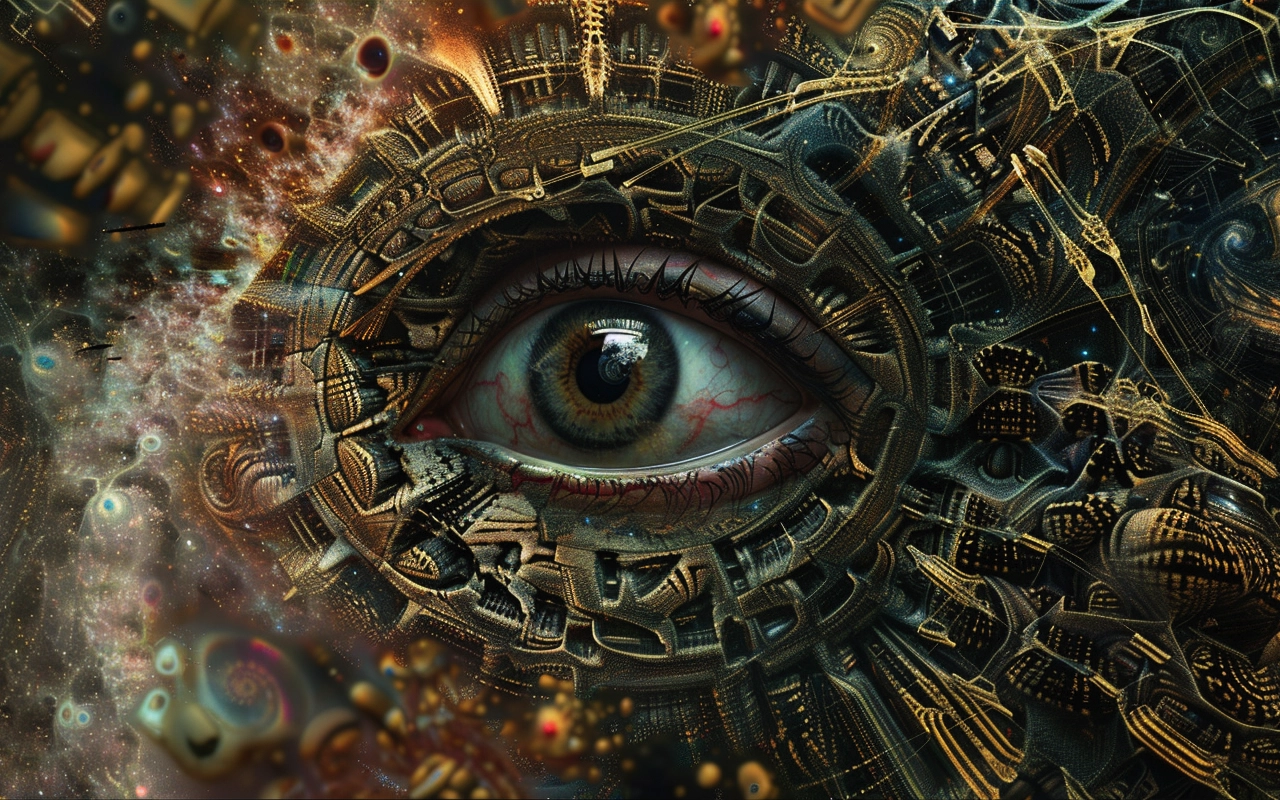
The Best AI Art Generators To Use Now!

AI in the Workplace: Transforming & Improving Processes
